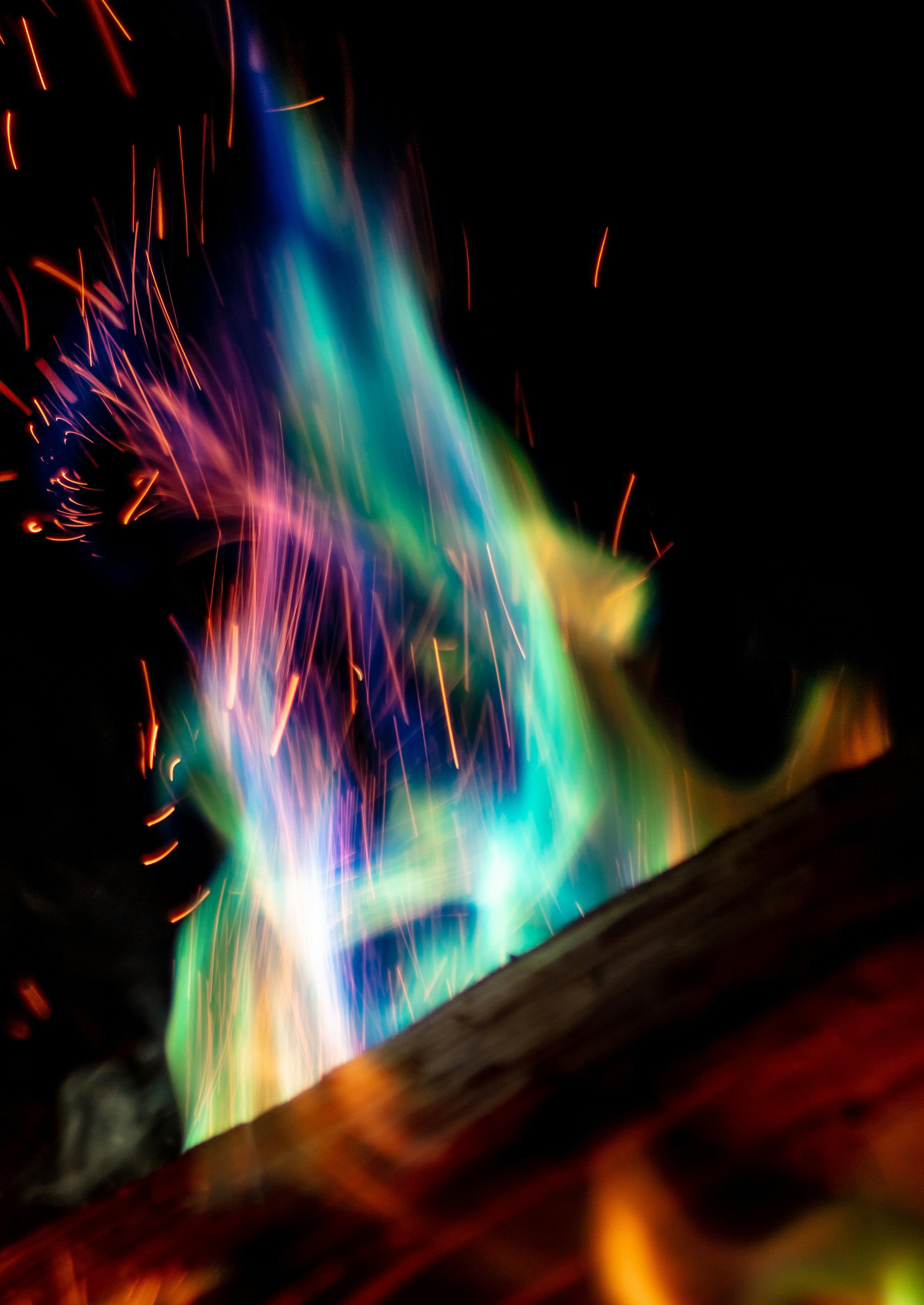
Fri 17 October 2025 • 20.15 Sun 19 October 2025 • 14.15


Fri 17 October 2025 • 20.15 Sun 19 October 2025 • 14.15
conductor Kazuki Yamada
piano Alexandre Kantorow
Tōru Takemitsu (1930-1996) How Slow the Wind (1991)
Camille Saint-Saëns (1835-1921)
Piano Concerto No. 5 in F major, op. 103, ‘Egyptian’ (1896)
• allegro animato
• andante
• molto allegro intermission
Hector Berlioz (1803-1869) Symphonie fantastique : Épisode de la vie d’un artiste, op. 14 (1830)
• Rêveries – Passions
• Un bal
• Scène aux champs
• Marche au supplice
• Songe d’une nuit du sabbat
concert ends at around 22.15 / 16.15
Most recent performances by our orchestra: Takemitsu How Slow the Wind: first performance by our orchestra
Saint-Saëns Piano Concerto No. 5: Mar 2010, piano Nicholas Angelich, conductor Yannick Nézet-Séguin
Berlioz Symphonie fantastique: Dec 2021, conductor Lahav Shani
One hour before the start of the concert, Arjen Leendertz will give an introduction (in Dutch) to the programme, admission €7,50. Tickets are available at the hall, payment by debit card. The introduction is free for Vrienden.
Cover: Photo Patrick Hendry (Unsplash)
‘‘Caïro, Sunset on the Nile’, colourised photo card, late 19th or early 20th century. Coll. American University in Cairo

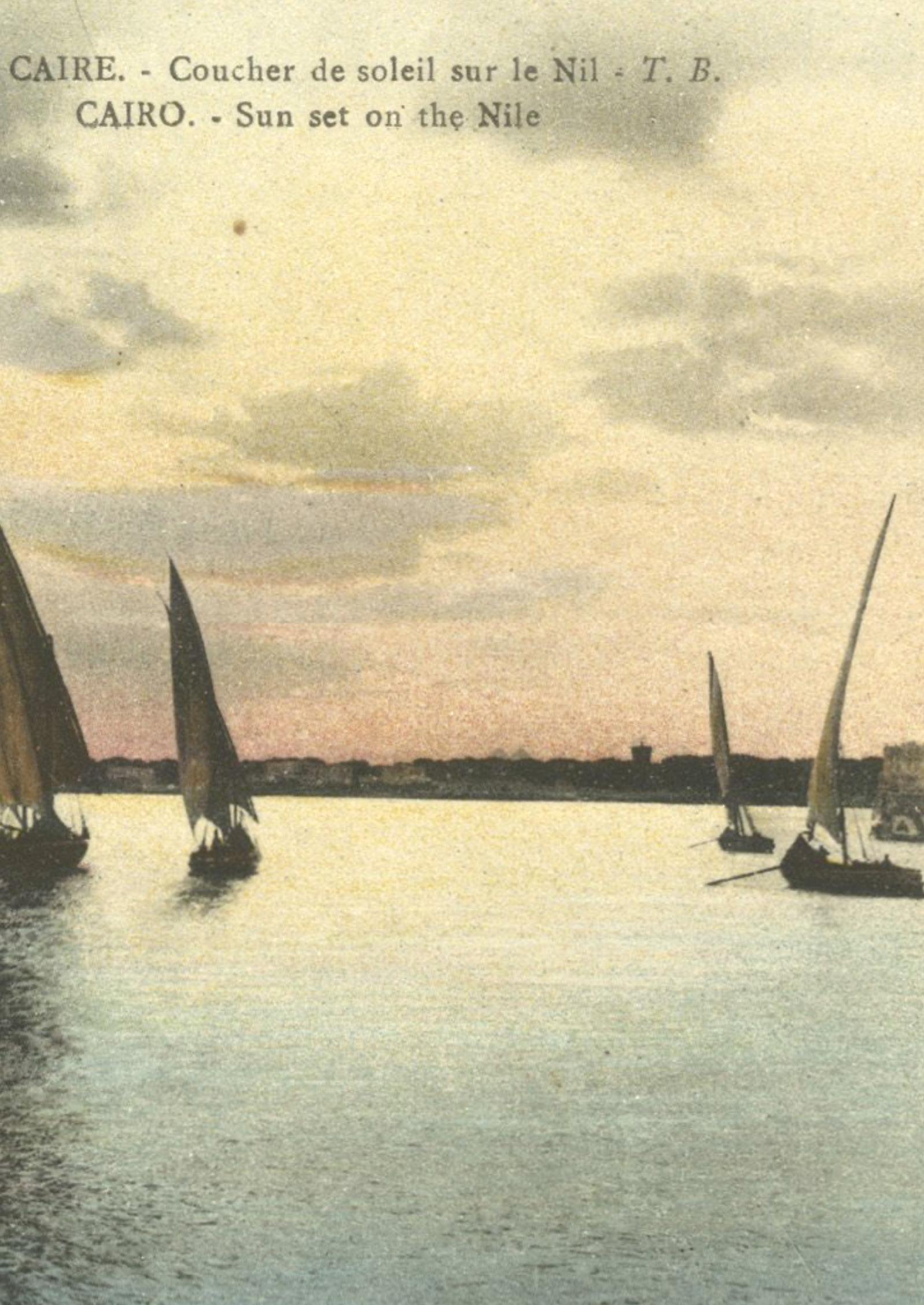
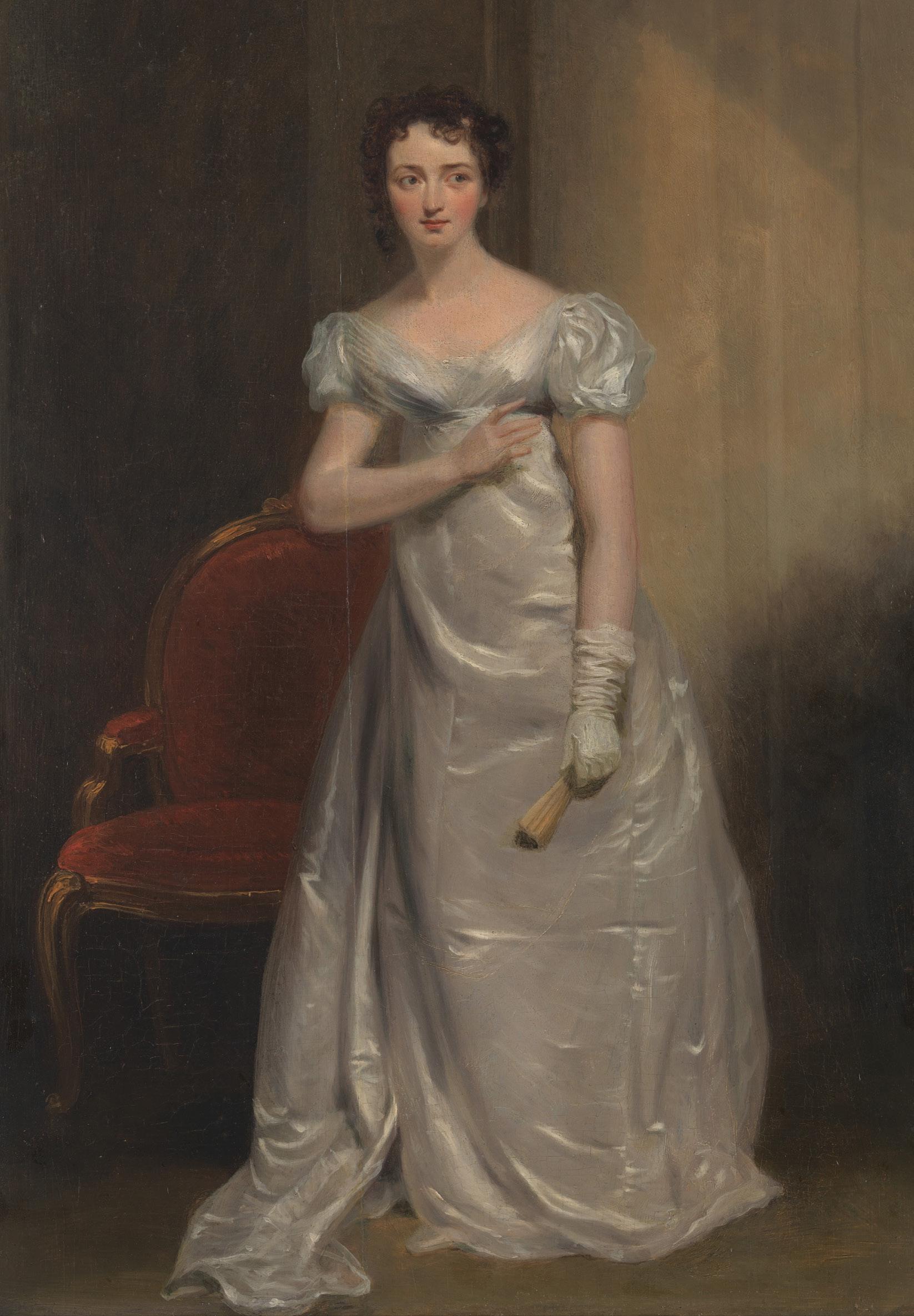
The wind and sea, a dreamy sail down the Nile, a fatal passion; all three works in this programme are based on non-musical elements. Takemitsu and Saint-Saëns create subtle, atmospheric sketches; Berlioz the spectacular soundtrack of an impossible love.
‘A perspective on sound’, is how Japanese composer Tōru Takemitsu described his work How Slow the Wind. The inspiration for this work was a very short poem by American poet Emily Dickinson: ‘How slow the wind, how slow the sea, how late their feathers be!’. The short opening motif passes from one instrument to the next, gradually developing on the way. In the way that this melody keeps returning, followed by moments of stillness, Takemitsu captures the character of endlessly repeating gusts of wind and the sound of the waves on the sea. He sees the slow changes that this motif undergoes as a way of presenting contemporary music to a wider audience. Or as the composer himself described his intent: ‘the capturing of life in musical impressions’.
The evocative atmosphere of the music of Takemitsu is also detectable in Saint-Saëns’ Piano Concerto No. 5 but expressed in a very different nineteenth century context. In common with other works by Saint-Saëns, this concerto is imbued in the atmosphere of distant lands. The composer found happiness in travel, having failed to find it in love: the marriage to his twenty-year younger wife collapsed with the deaths of both their sons within a period of just one and a half months. Fortunately, Saint-Saëns never lost his love for music. Throughout his long life he composed music in many forms and lengths: symphonies, concertos, operas, and sacred music. And all with equal ease. ‘I make music as an apple tree produces apples’, is how SaintSaëns explained in simple yet striking terms the ease with which he composed. However, he not only filled his time as a composer: he was also a celebrated pianist, could read Latin from the age of seven, would learn to speak other languages fluently, studied philosophy, astrology and archaeology, and wrote books. Saint-Saëns composed his Piano Concerto No. 5 in just three weeks during his stay in a hotel in Cairo – giving rise to the concerto’s adopted name of ‘The Egyptian’. It is typical of the composer’s style: combining German romanticism with French refinement. In
common with most of his concertos, it starts quietly, giving way to a flow of developing melodies. In the virtuoso third movement the piano plays a somewhat unclear, low octave motif that Saint-Saëns likely uses to evoke the engine sound of the boat steering down the Nile. The Egyptian nature of the piano concerto, however, is most evident in the second movement. Without resorting to a pure imitation of Arabic music, Saint-Saëns creates a unique soundscape. Through the use of modal scales and by creating a drifting, swooning feel, this movement seems almost improvised. ‘The G major passage,’ he would later explain, ‘is a Nubian love song that I heard being sung by sailors on the Nile.’ The mystical atmosphere of this Andante creates a sense of the ‘far away’. At least as far away as Egypt.
With his Symphonie fantastique, Berlioz composed the soundtrack to his own quest for love
Hector Berlioz was also unhappy in love. However, unlike Saint-Saëns, who made only veiled allusions to this heartbreak in his music, Berlioz explicitly made his own exploits the subject of a symphony. Indeed, with his Symphonie fantastique, he composed the soundtrack to his own quest for love. He subtitled the work ‘Episode from the life of an artist’. The artist being, of course, himself. In the female protagonist who pervades this symphony close friends recognised Harriet Smithson, an Irish actress for whom the composer had fallen hopelessly in love. This love ignites in the first movement.
Within a few minutes the flute and violin play a melody that represents the heroine of the story – with whom the hero becomes immediately obsessed. The way in which a musical motif is linked to a specific character is something that Wagner would later make his trademark, in the form of his Leitmotifs. In the second movement, Un bal, the hero attempts to forget his love. He seeks distraction at a ball, but even there is haunted by thoughts about her. Searching for peace in the countryside (third movement: Scène aux champs) the hero is overcome by foreboding. Having fallen into an opium-fuelled deep sleep, he experiences a bad dream in which he kills his beloved in a crime of passion. In the fourth movement, Marche au supplice, he faces public execution for his crime. With his neck on the block, he hears one last time the melody of his beloved. Then the axe falls with a loud strike; his severed head bounces off the scaffold (plink-plonk), followed by a drum roll and triumphant fanfare. This could have been the end of the symphony, but Berlioz is not quite done with his story. In the fifth movement he pulls out all the stops. The hero finds himself in purgatory; his beloved has turned into a witch, as depicted by the E-flat clarinet. Funeral bells ring out the centuries-old melody of the Dies irae of the Roman Catholic requiem mass. The string section adds to the fear and trembling by striking the wood of the bow against the strings to create the sound of dancing skeletons.
In his Symphonie fantastique Berlioz heightened reality in a spectacular way. After numerous refusals, Harriet Smithson finally gave in to his advances and the pair married. However, the marriage was not what he had hoped for, and within ten years it ended like the snuffing out of a candle.
Bart de Graaf
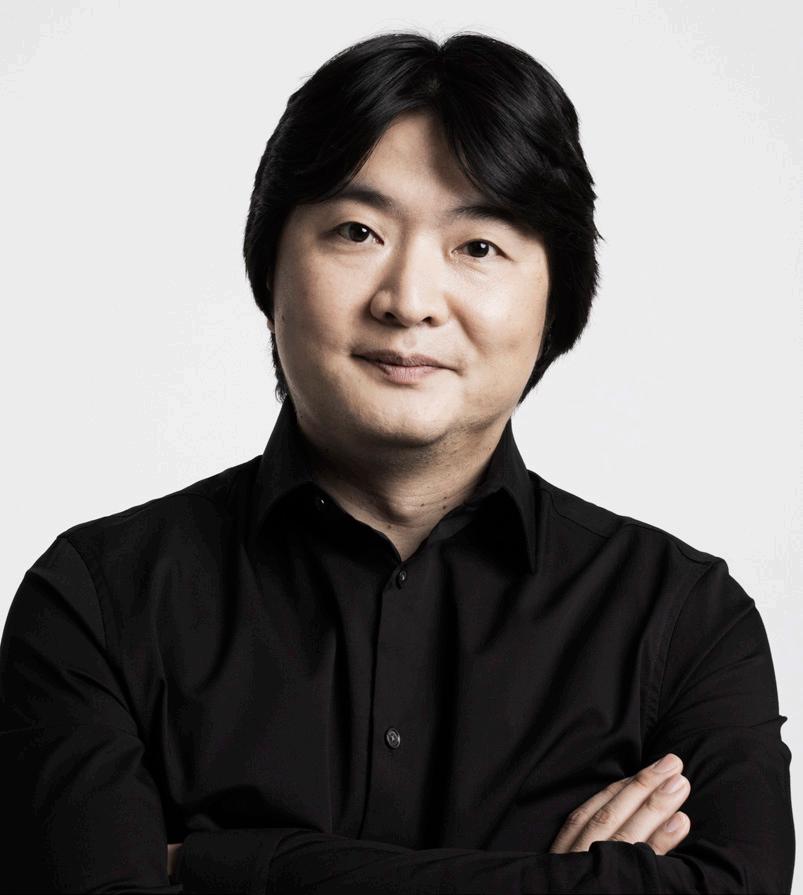
Born: Kanagawa, Japan
Current Position: Music Director City of Birmingham Symphony Orchestra (CBSO), Artistic and Music Director Orchestre Philharmonique de Monte-Carlo, Chief Conductor Designate Deutsches SymphonieOrchester Berlin (starting 2026–2027)
Education: Tokyo University of the Arts: conducting with Ken-Ichiro Kobayashi and Yoko Matsuo
Awards: First Prize Besançon International Conducting Competition 2009, Akeo Watanabe Music Foundation Music Award 2012, Hideo Saito Memorial Fund Award 2012
Breakthrough: 2012: debut CBSO, appointed Principal Guest Conductor Orchestre de la Suisse Romande
Debut appearances 2025-2026: Berliner Philharmoniker, Filarmonica della Scala, Swedish Radio Symphony Orchestra, Cleveland Orchestra, New York Philharmonic, San Francisco Symp
Debut Rotterdam Philharmonic: 2025
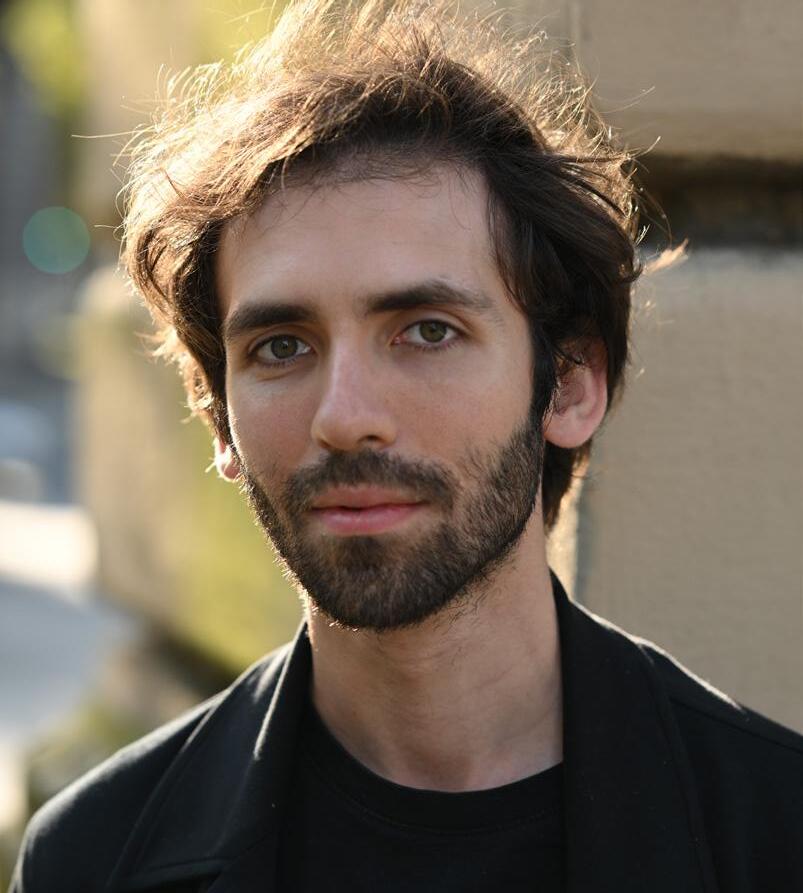
Born: Clermont-Ferrand, France
Education: piano studies at age five at the conservatory of Pontoise, further studies with Pierre-Alain Volondat, Igor Lazko (Schola Cantorum de Paris), Frank Braley and Rena Shereshevskaya
Awards: first prize, gold medal, and Grand Prix at the 16th International Tchaikovsky Competition, 2019; Gilmore Artist Award 2023, Knight of the Order of Arts and Letters and Knight of the National Order of Merit (France)
Solo-appearances: Pittsburgh Symphony Orchestra, Royal Philharmonic Orchestra (at the BBC Proms), Orchestre Philharmonique de Radio France, Orchestre National de France, Mariinsky Theatre Orchestra, Budapest Festival Orchestra, Hong Kong Philharmonic Orchestra
Debut Rotterdam Philharmonic: 2021
Music for Breakfast 1
Sun 26 October 2025 • 10.30
Dudok in het Park musicians and programme: rpho.nl/en
Thu 30 October 2025 • 20.15
Fri 31 October 2025 • 20.15
conductor Robin Ticciati
piano Yuja Wang
Haydn Chaos from The Creation
Ligeti Piano Concerto Mahler Symphony No. 5
Harry Potter in Concert, part 1
Wed 12 November 2025 • 19.30
Thu 13 November 2025 • 19.30
Fri 14 November 2025 • 19.30
Sat 15 November 2025 • 19.30
Sun 16 November 2025 • 13.30
conductor Justin Freer
Williams Harry Potter and the Philosopher’s Stone
Fri 21 November 2025 • 20.15
Sun 23 November 2025 • 14.15
conductor Bas Wiegers
piano Kirill Gerstein
Ivičević Black Moon Lilith
Adès Piano Concerto Stravinsky Petrushka
Thu 27 November 2025 • 20.15
conductor Lahav Shani
piano Martha Argerich
Wagenaar Ouverture Cyrano de Bergerac
Schumann Piano Concerto Brahms Symphony No. 2
Chief Conductor
Lahav Shani
Honorary Conductor
Yannick Nézet-Séguin
Principal Guest Conductor
Tarmo Peltokoski
First Violin
Marieke Blankestijn, Concert Master
Vlad Stanculeasa, Concert Master
Quirine Scheffers
Hed Yaron Meyerson
Saskia Otto
Arno Bons
Rachel Browne
Maria Dingjan
Marie-José Schrijner
Noëmi Bodden
Petra Visser
Sophia Torrenga
Hadewijch Hofland
Annerien Stuker
Alexandra van Beveren
Marie Duquesnoy
Giulio Greci
Second Violin
Charlotte Potgieter
Frank de Groot
Laurens van Vliet
Elina Staphorsius
Jun Yi Dou
Bob Bruyn
Eefje Habraken
Maija Reinikainen
Babette van den Berg
Melanie Broers
Tobias Staub
Sarah Decamps
Viola
Anne Huser
Roman Spitzer
Galahad Samson
José Moura Nunes
Kerstin Bonk
Janine Baller
Francis Saunders
Veronika Lénártová
Rosalinde Kluck
León van den Berg
Olfje van der Klein
Jan Navarro
Cello
Emanuele Silvestri
Gustaw Bafeltowski
Joanna Pachucka
Daniel Petrovitsch
Mario Rio
Eelco Beinema
Carla Schrijner
Pepijn Meeuws
Yi-Ting Fang
Killian White
Paul Stavridis
Double Bass
Matthew Midgley
Ying Lai Green
Jonathan Focquaert
Arjen Leendertz
Ricardo Neto
Javier Clemen Martínez
Flute
Juliette Hurel
Joséphine Olech
Manon Gayet
Flute/piccolo
Beatriz Baião
Oboe
Karel Schoofs
Anja van der Maten
Oboe/Cor Anglais
Ron Tijhuis
Clarinet
Julien Hervé
Bruno Bonansea
Alberto Sánchez García
Clarinet/ Bass Clarinet
Romke-Jan Wijmenga
Bassoon
Pieter Nuytten
Lola Descours
Marianne Prommel
Bassoon/ Contrabassoon
Hans Wisse
Horn
David Fernández Alonso
Felipe Freitas
Wendy Leliveld
Richard Speetjens
Laurens Otto
Pierre Buizer
Trumpet
Alex Elia
Adrián Martínez
Simon Wierenga
Jos Verspagen
Trombone
Pierre Volders
Alexander Verbeek
Remko de Jager
Bass trombone
Rommert Groenhof
Tuba
Martijn van Rijswijk
Timpani/ Percussion
Danny van de Wal
Ronald Ent
Martijn Boom
Harp
Albane Baron